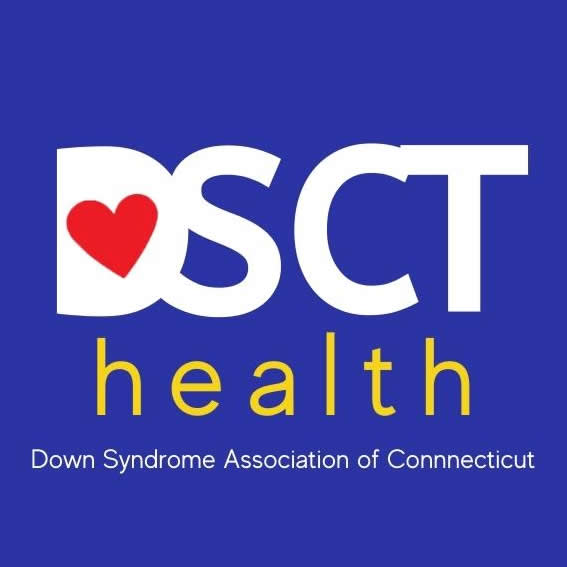GLOBAL Medical Care Guidelines for Adults with Down Syndrome from GDSF
Health and Down Syndrome
Join DS-Connect®: https://dsconnect.nih.gov
DS-Connect® is a powerful resource where people with Down syndrome and their families can:
- Connect with researchers and health care providers.
- Express interest in participating in certain clinical studies on Down syndrome.
- Take confidential health-related surveys.
When a baby is born with DS other conditions may be present or develop such as:
From the Down Syndrome Education: https://www.down-syndrome.org/en-us/
Common Health Issues
Urinary Tract Infections (UTI)
People with DS can have a smaller urethra and require a pediatric catheter. UTI symptoms can seem like dementia, cause seizures, and impact hearing and cognition.
Ways people with DS can express pain or fear:
- Yelling and swearing
- Asking you to stop
- Holding onto to something or someone
- Using catch phrases that caregivers can translate
- Not eating
- Not sleeping
- Crying
- Acting fearful and anxious
- Asking to go home
- Throwing items
Communication Options:
- Learn Sign Language
- Show the patient with DS parts of the body on a chart
- Create modified charts for pain levels
- Make eye contact and explain what’s happening or going to happen
- Speak in a soothing and calm voice
- Hold hand while you speak
- Give the patient with DS something soft to hold
- If the patient with DS is in a bed or chair, be at the same level
- Find a hospitalist, social worker, case manager, and/or chaplains
- Use distraction techniques to calm the patient
How professionals can help:
When the patient with DS has been mistreated and feels anxious or frustrated the patient will typically let you know it. Remember, these expressions are not “behaviors” and they are not personal, they are normal reactions to difficult situations the patient may not fully understand and can’t control.
Under no circumstances should a health professional become angry, yell, abusive, condescending, dismissive, or leave the person alone. Handholding and verbal soothing will go a long way. Ask a person to try deep breathing or put on some calming music. In medical settings there are usually: hospitalists, social workers, case managers, and/or chaplains. Using distraction is fine, but only after you have attended to all of the person’s needs.

 Connecting Families
Connecting Families